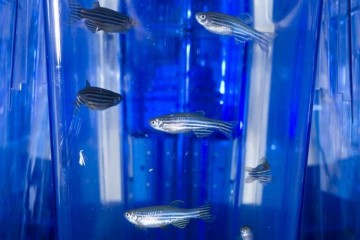PhD Studentship
Building confidence in non-protected zebrafish embryo-larvae as a viable alternative to mammalian DART assessment

At a glance
In progress
Award date
October 2023 - September 2027
Grant amount
£120,000
Principal investigator
Dr Jonathan Ball
Co-investigator(s)
Institute
University of Exeter
R
- Replacement
